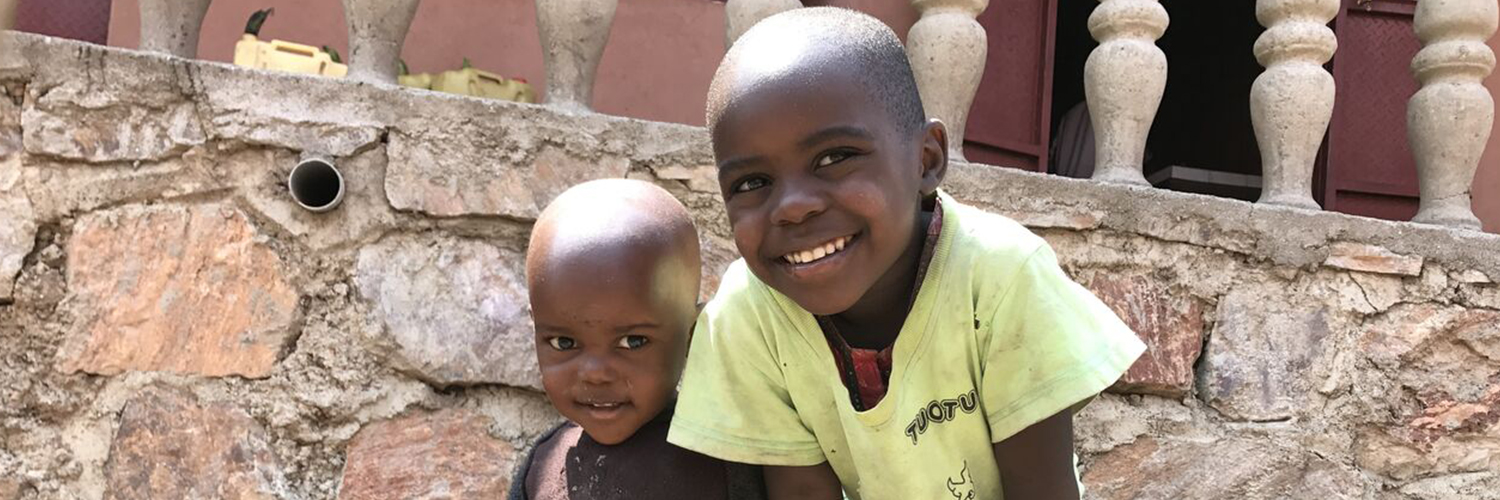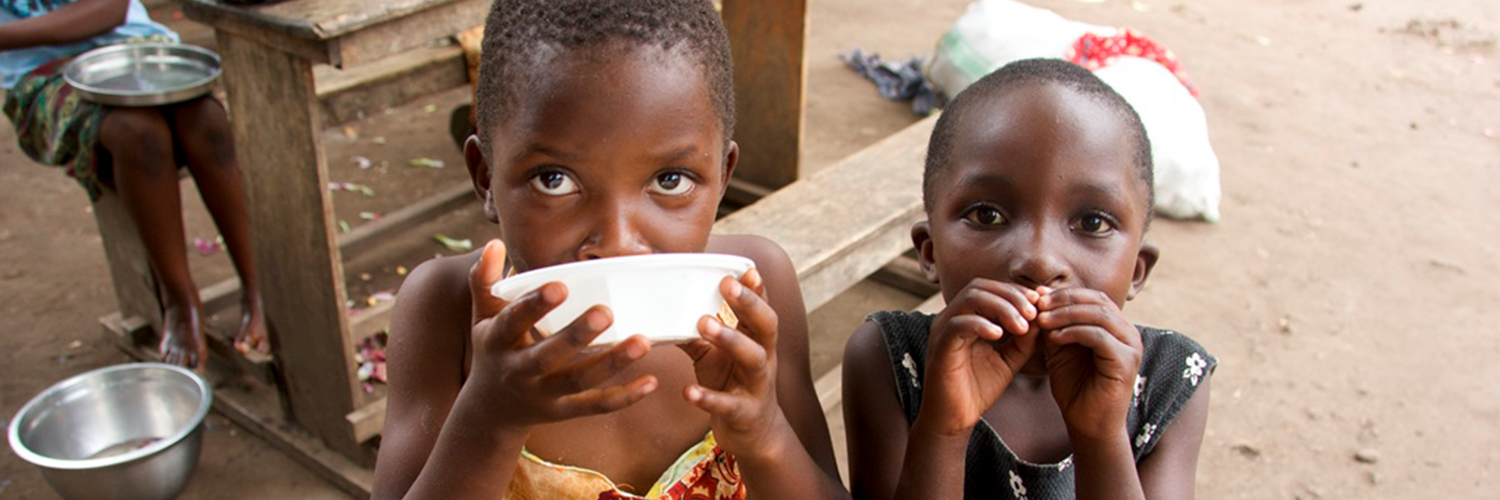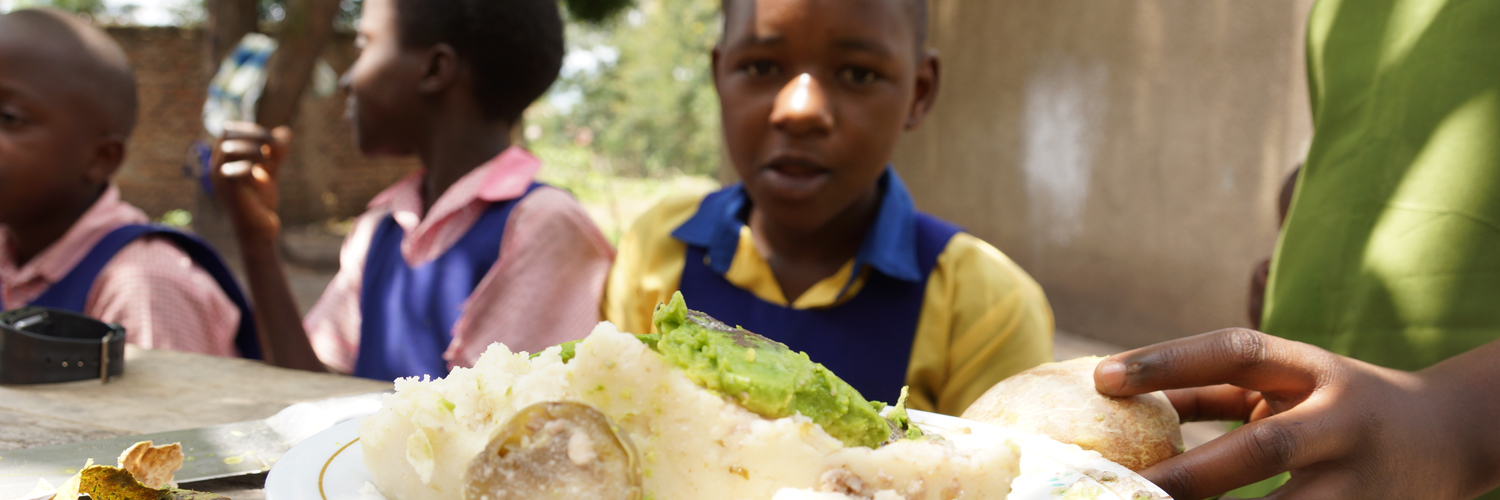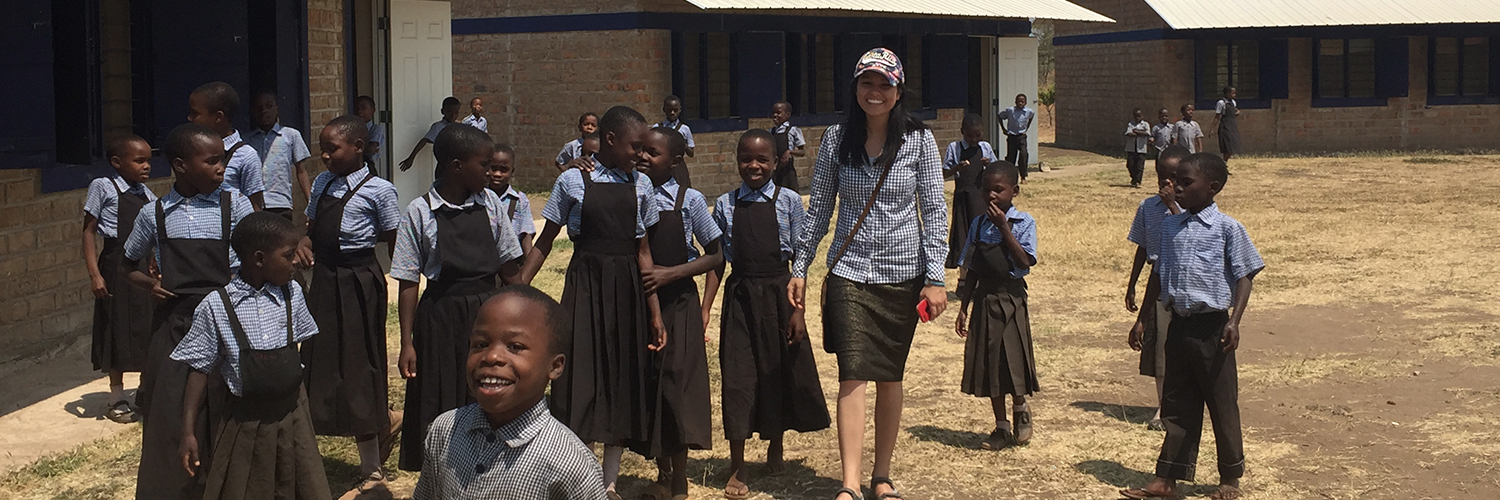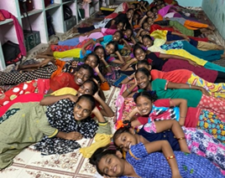
After working for 3 months in the Rwenzori Mountains of western Uganda building a community nutrition program, our team traveled to another mountainous jungle 7,040 km away…the West Garo Hills in Meghalaya, India. Soon to be the world’s most populous nation (2023), India unfortunately hosts the largest population of stunted children on the planet – over 63 million. Most are located in northern India with some hot spots in southern areas including in the Nilgiris Hills situated in the Western Ghats.
After arriving by plane to Guwahati, we took a 7-hour truck ride into the jungles of eastern Meghalaya, towards a border with Bangladesh. Along the way we saw many of the common themes of remote areas: poor roads, homes made with minimal local materials and subsistence farming – in this area rice and betel nut (not very nutritional).
We finally entered a settlement in the hilly terrain and were greeted by over 100 orphans and staff! After warm hellos and a good night’s rest, we began to review the food system, including nutrition of children struggling with growth, kitchen operations and equipment, recipes and more. This helps us to understand key nutritional building blocks that may lead to better health for kids and staff.

We also discussed development of a school lunch program for the 250 community kids who walk 2 hours to their school, have no lunch and then walk back. We continue to appeal for this worthy project which will cost $48,000 USD annually for 3 years.
Our program reviews all available literature and studies about nutrition in the area, including POSHAN (India’s flagship nutrition program) and others. We found the nutrition rate to be unacceptably high – over 40% of kids – for this area. (See POSHAN here: https://poshan.ifpri.info.)
After our visit to Meghalaya, we flew to Vijayawada to see 3 related orphanages and a school. Our reception was incredible – music, flowers and a march to the main orphanage. The kids just loved it and we loved seeing their happy faces! It was sad, however, to see the girls packed into a small room to sleep…yet they are so happy! They desperately need a dormitory which will cost $10,000 USD.

We helped them to assess the health needs of the kids, and also discussed ways to develop a menu cycle that meets nutrient needs, conforms to food budget, improves recipes and takes into account kitchen capacity, equipment, staffing, sanitation and more.
A food operation for 400 kids (all 3 orphanages) is quite an undertaking and we applaud the owners for their daily sacrifice to make this happen.
The visit helped GlobalRise to understand the potential of our program in India. With the help of groups on the ground we want to develop an entry point; perhaps first helping an orphanage to assess and build the nutritional component of their food programs. We believe this approach, that we used in Uganda, can accelerate helping the community to launch a sustainable digital food system.
NOTE: To see a visualization of stunting prevalence in India, and other types of malnutrition, we recommend visiting this interactive site: https://t.co/MxX5JxLxAR

